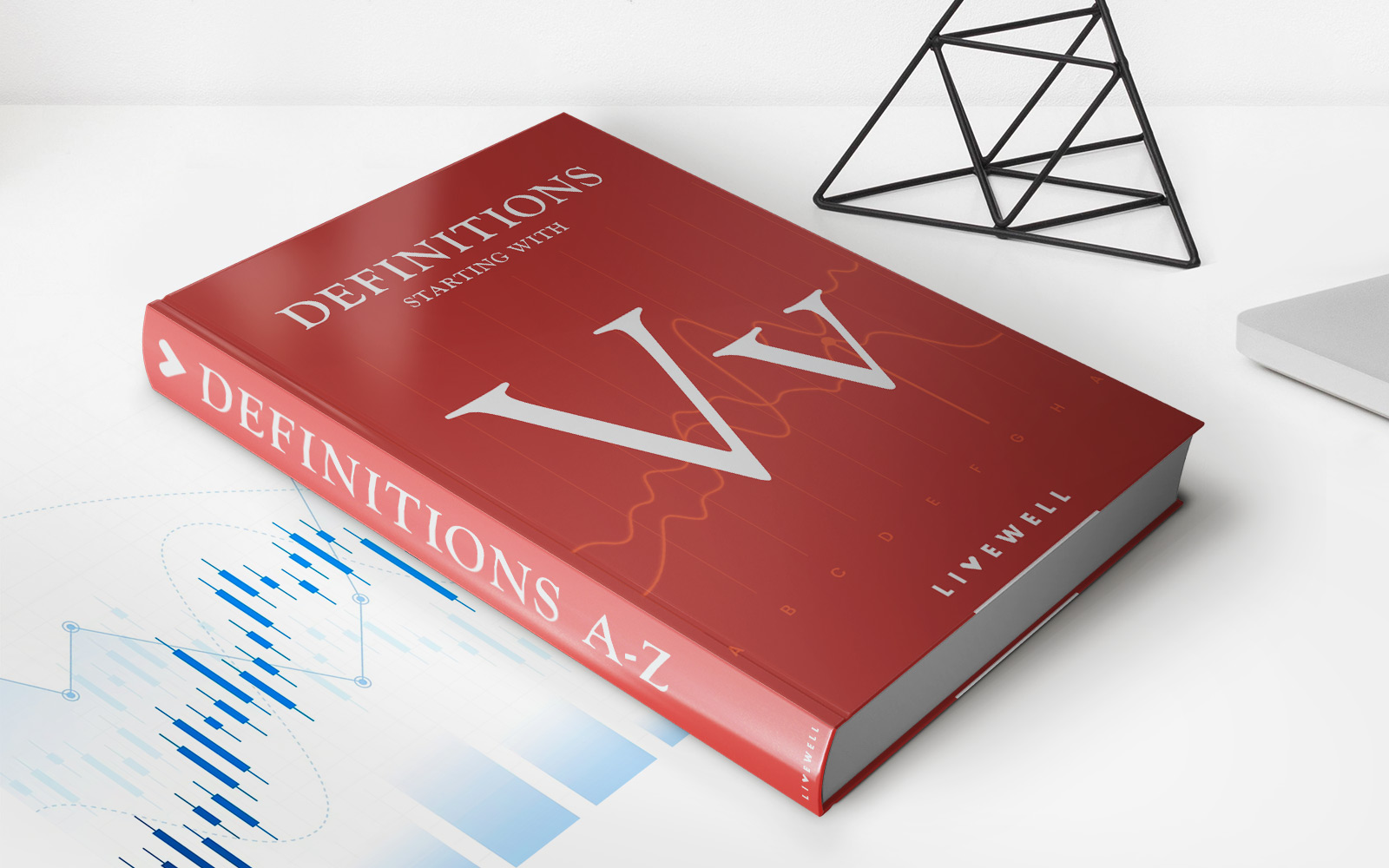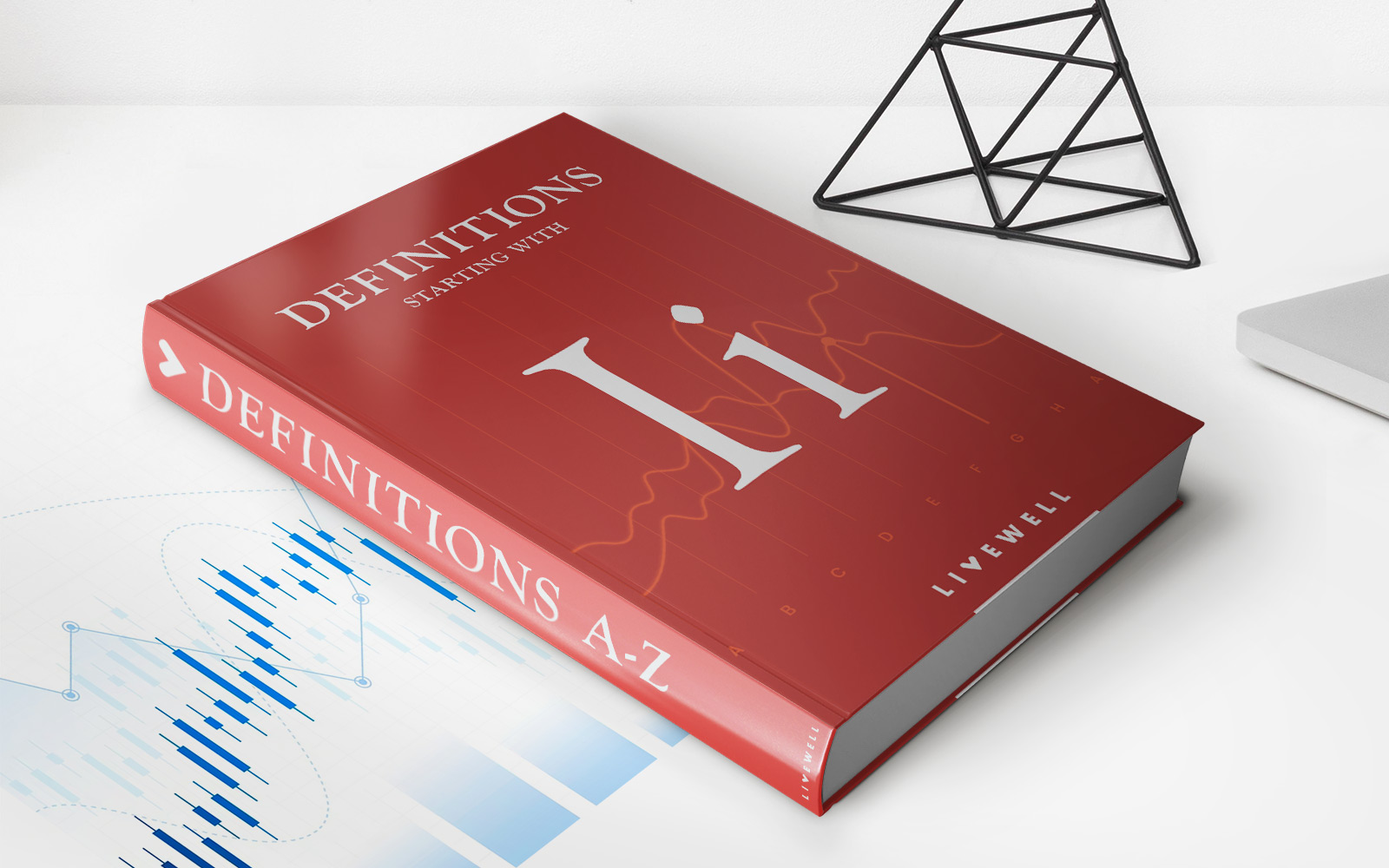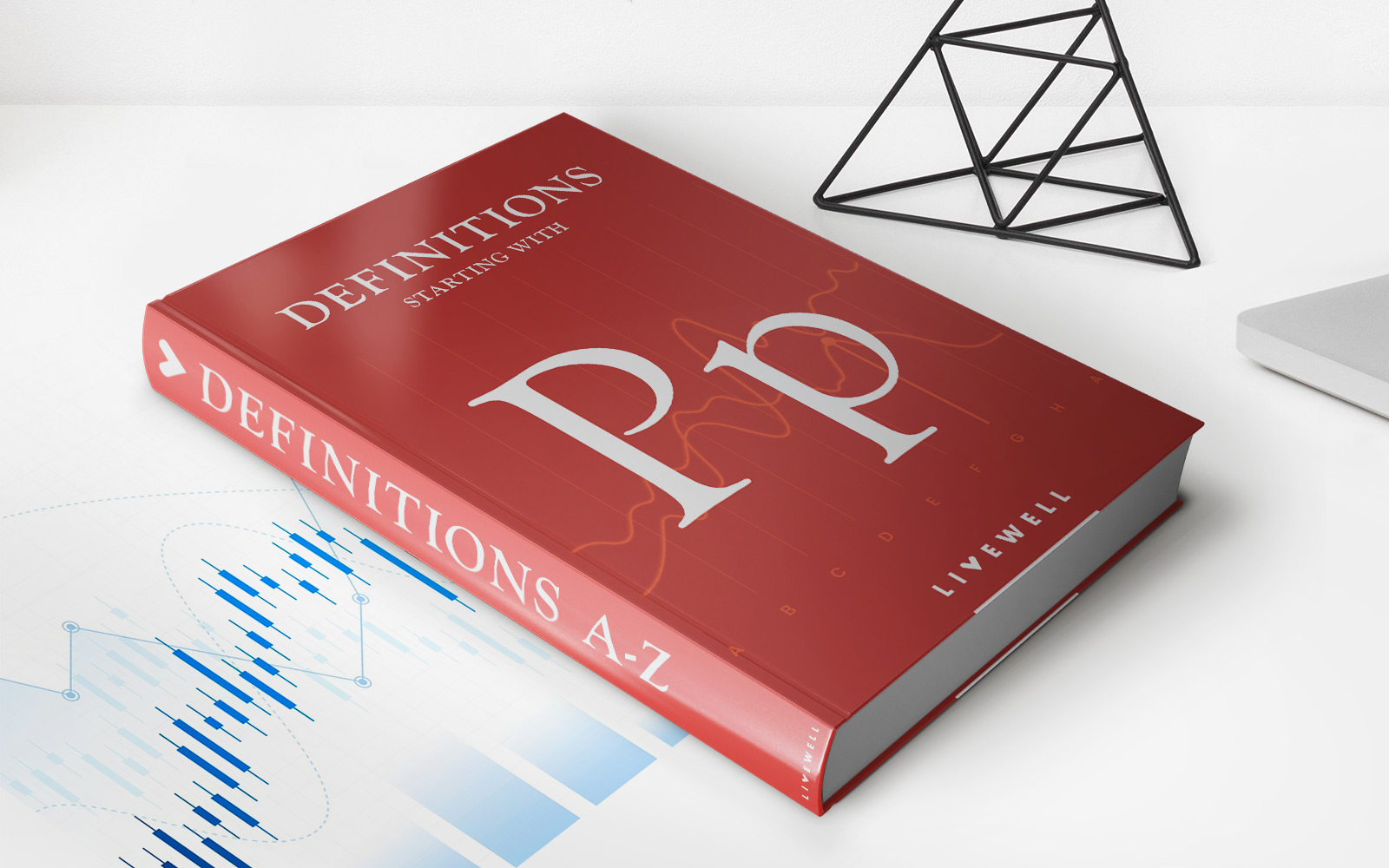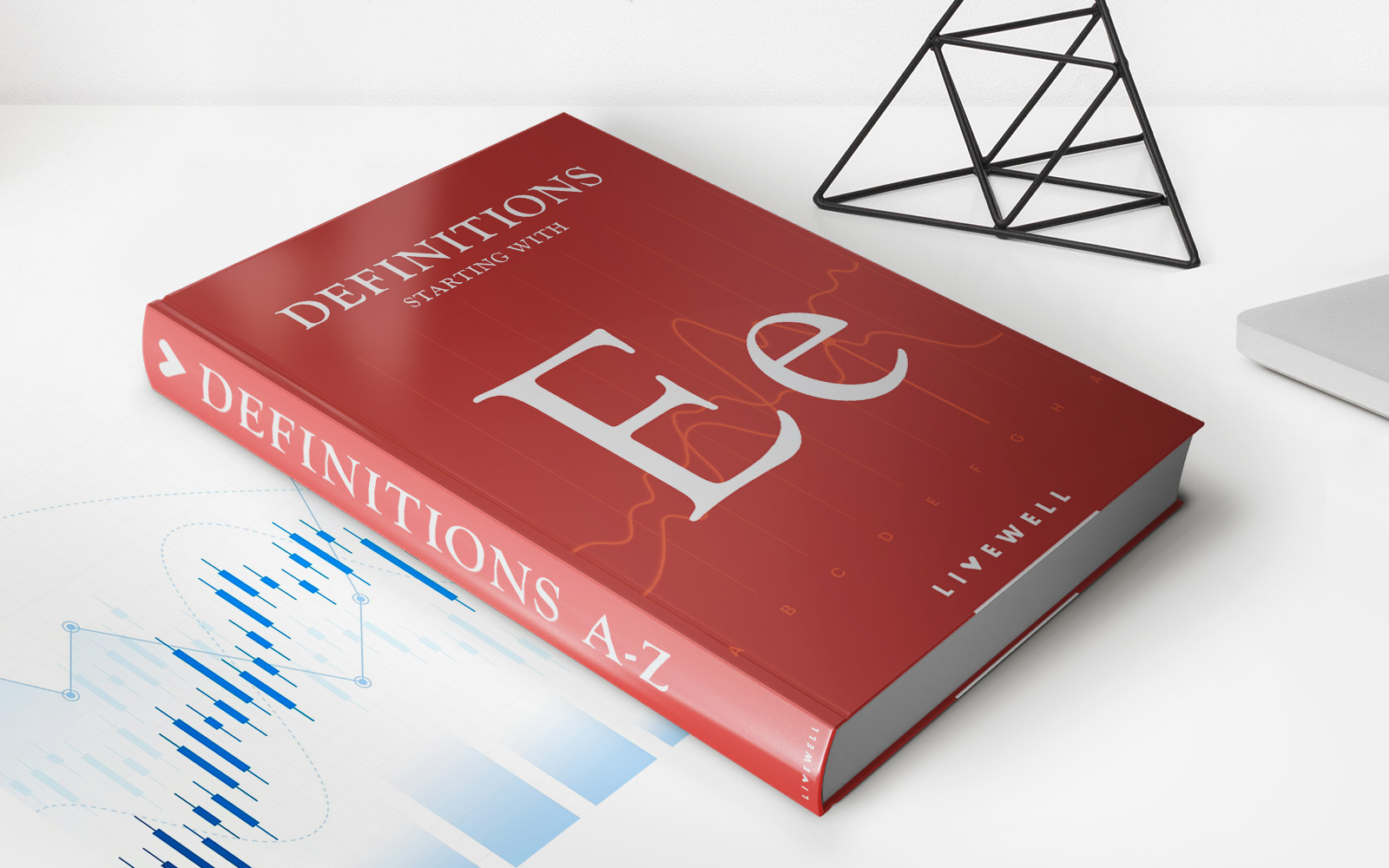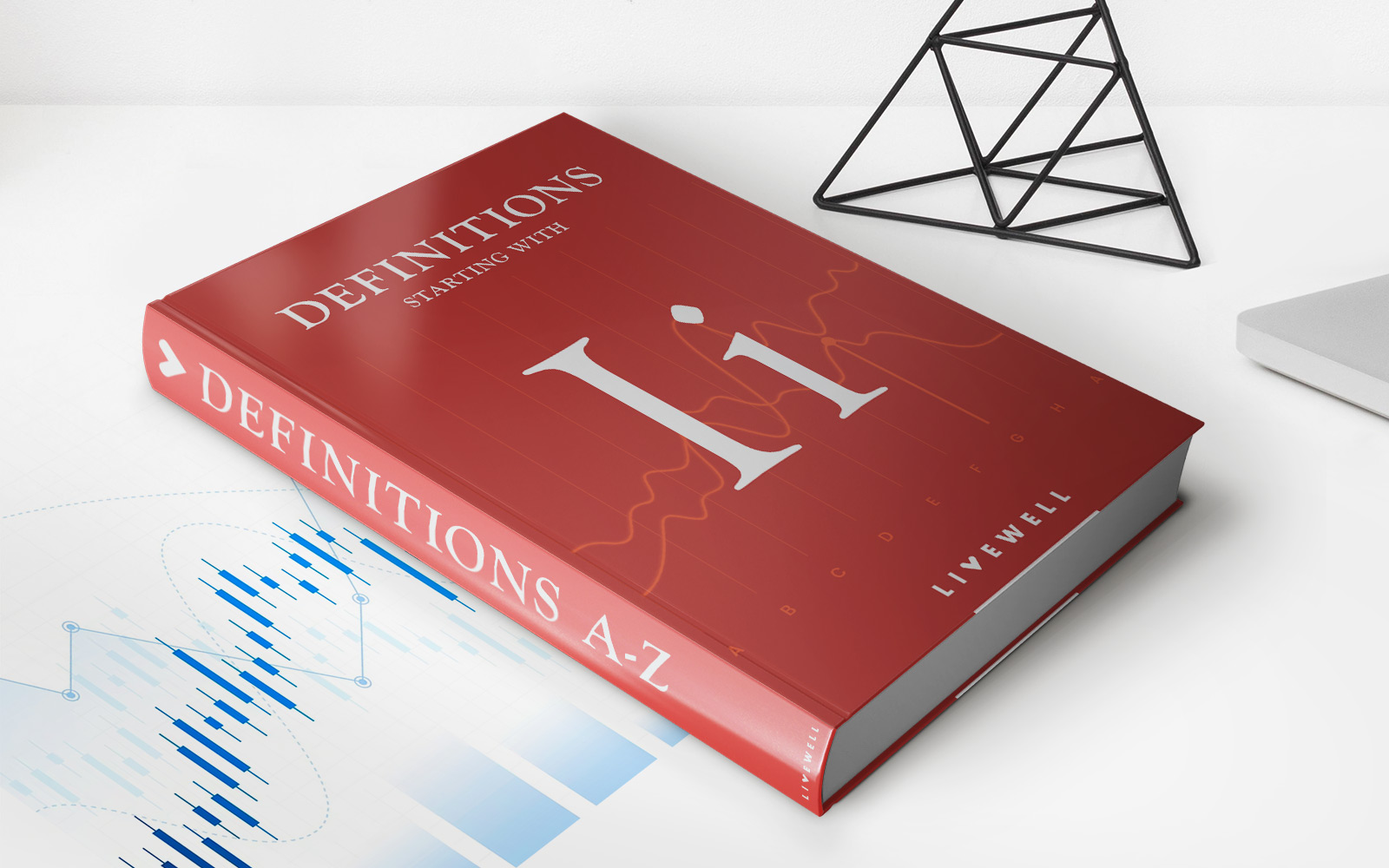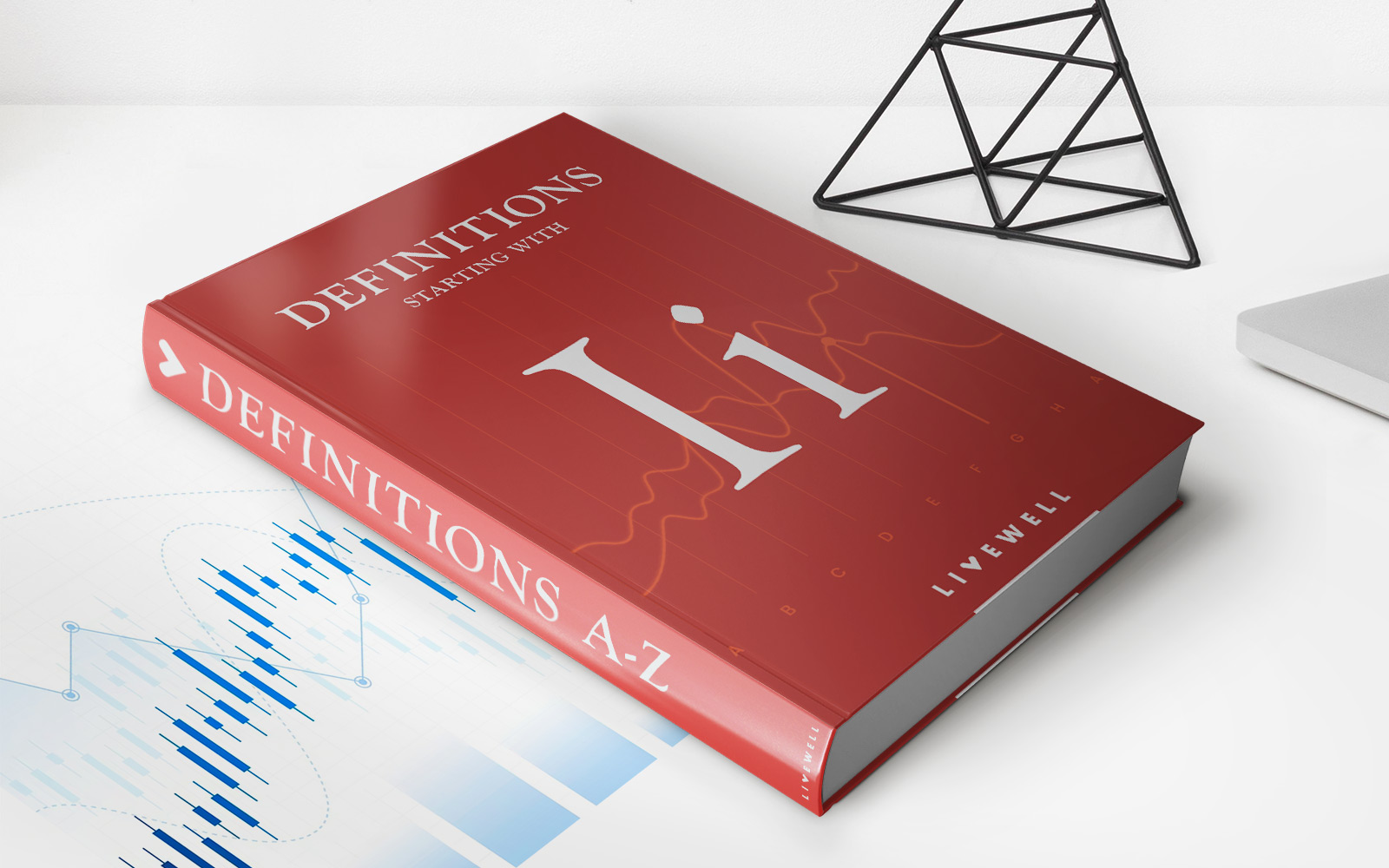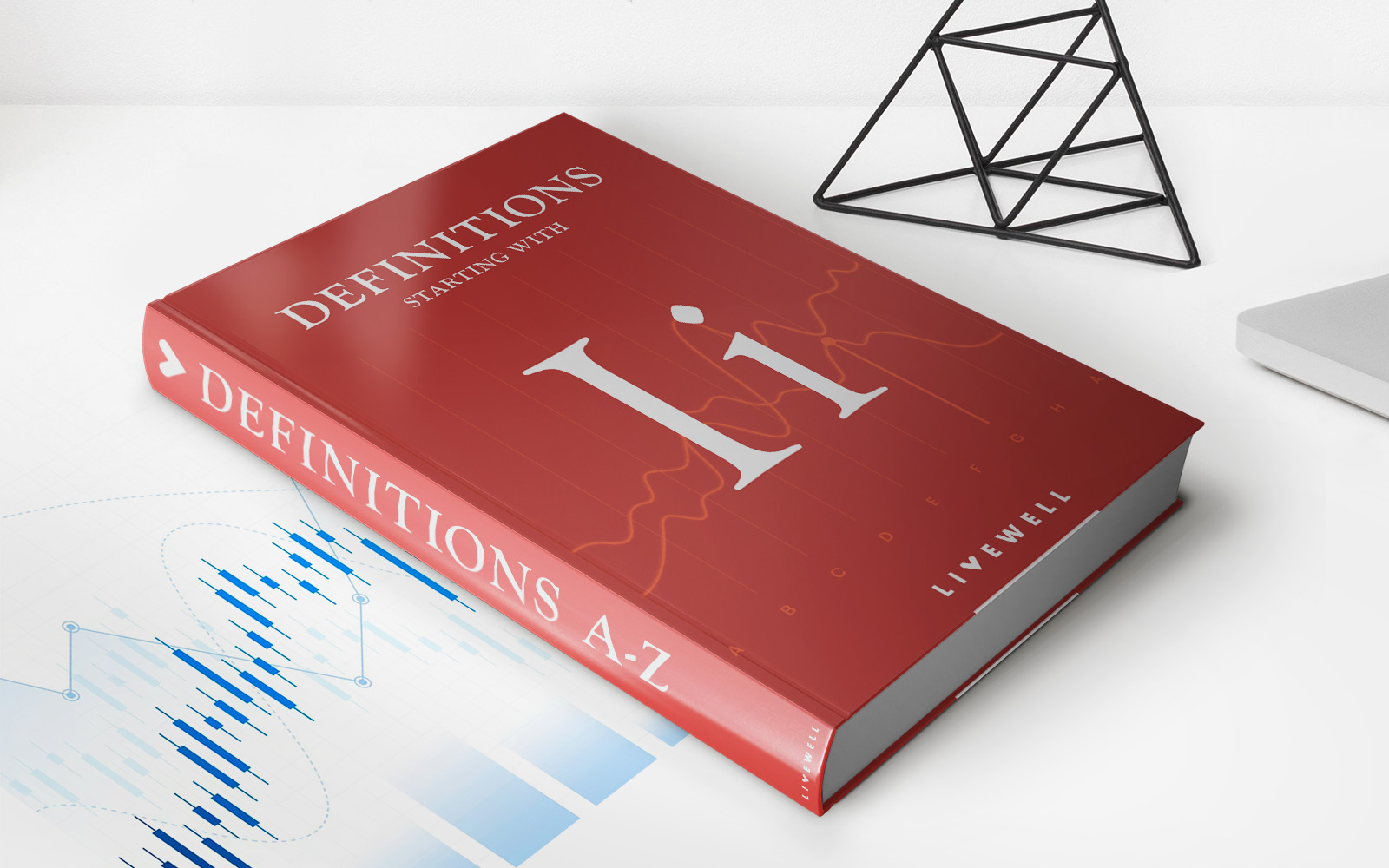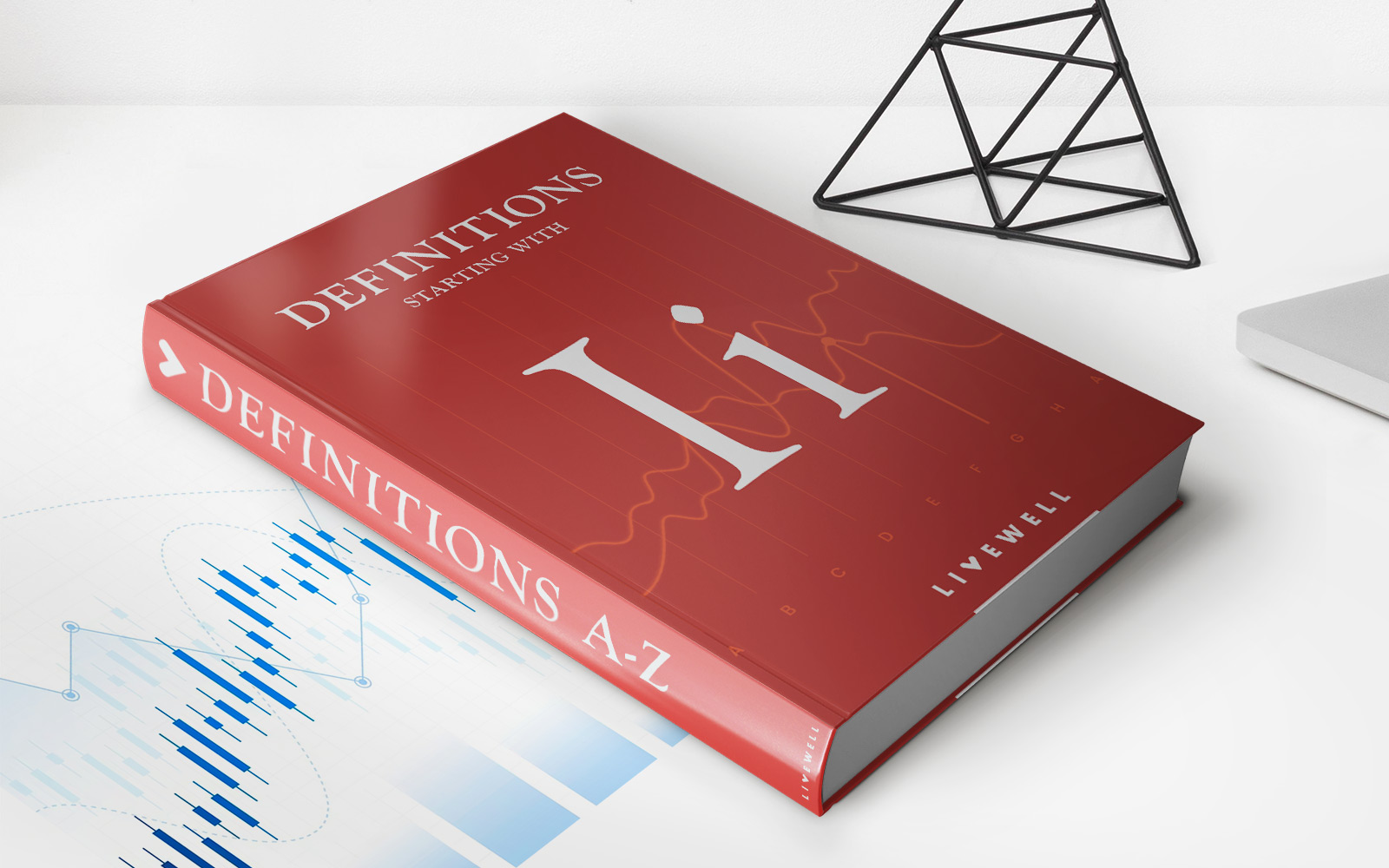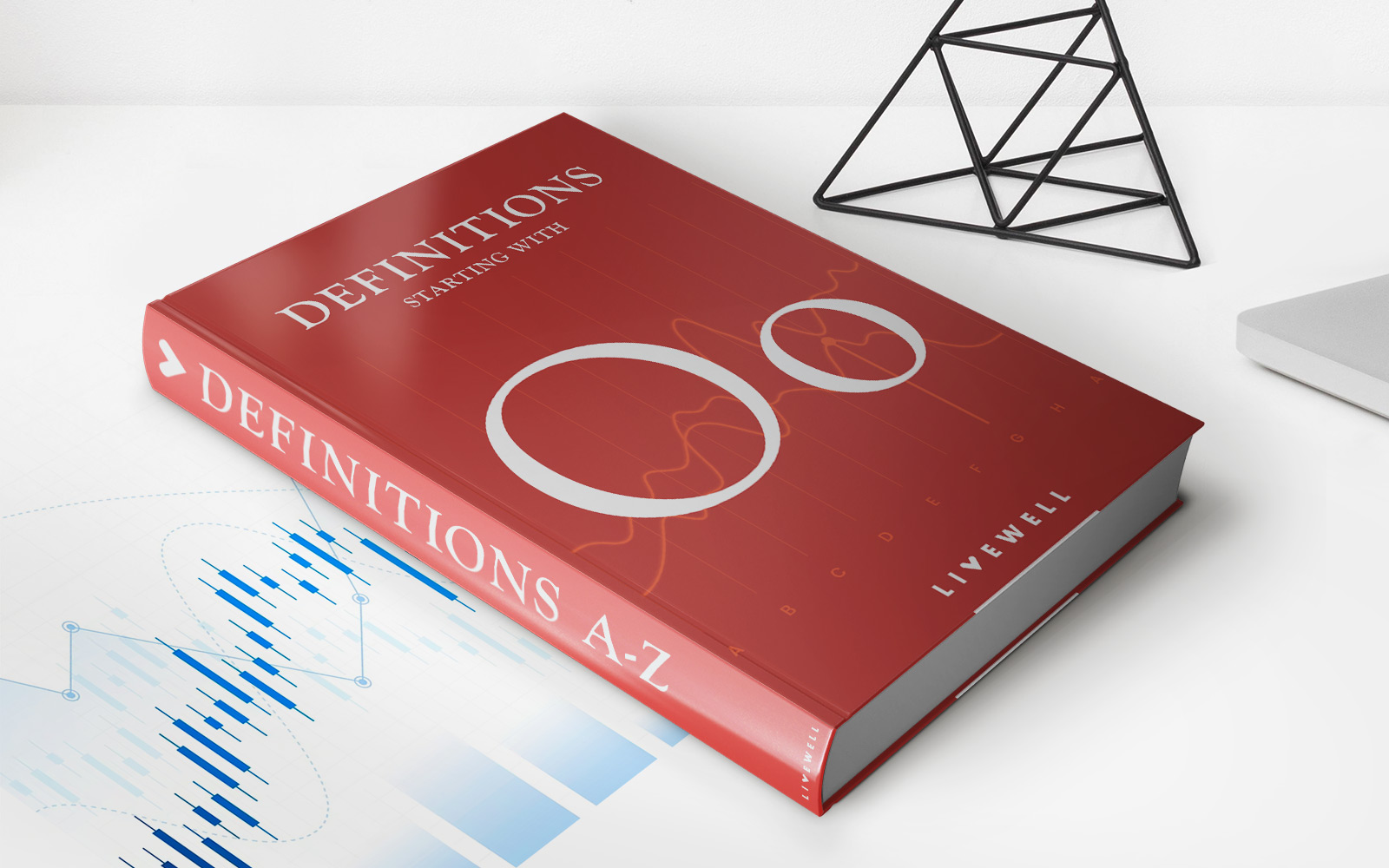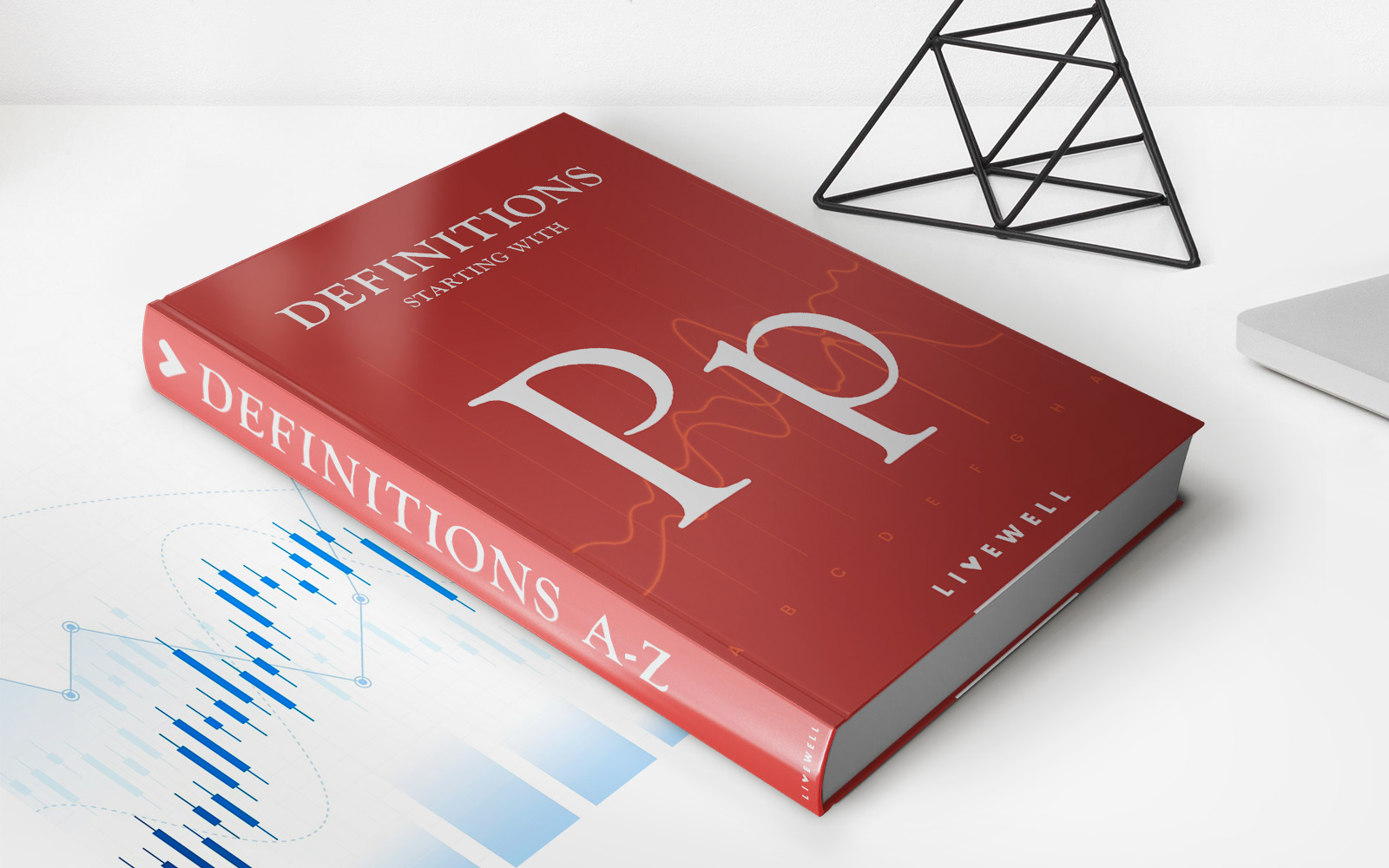Home>Finance>Real Interest Rate: Definition, Formula, And Example
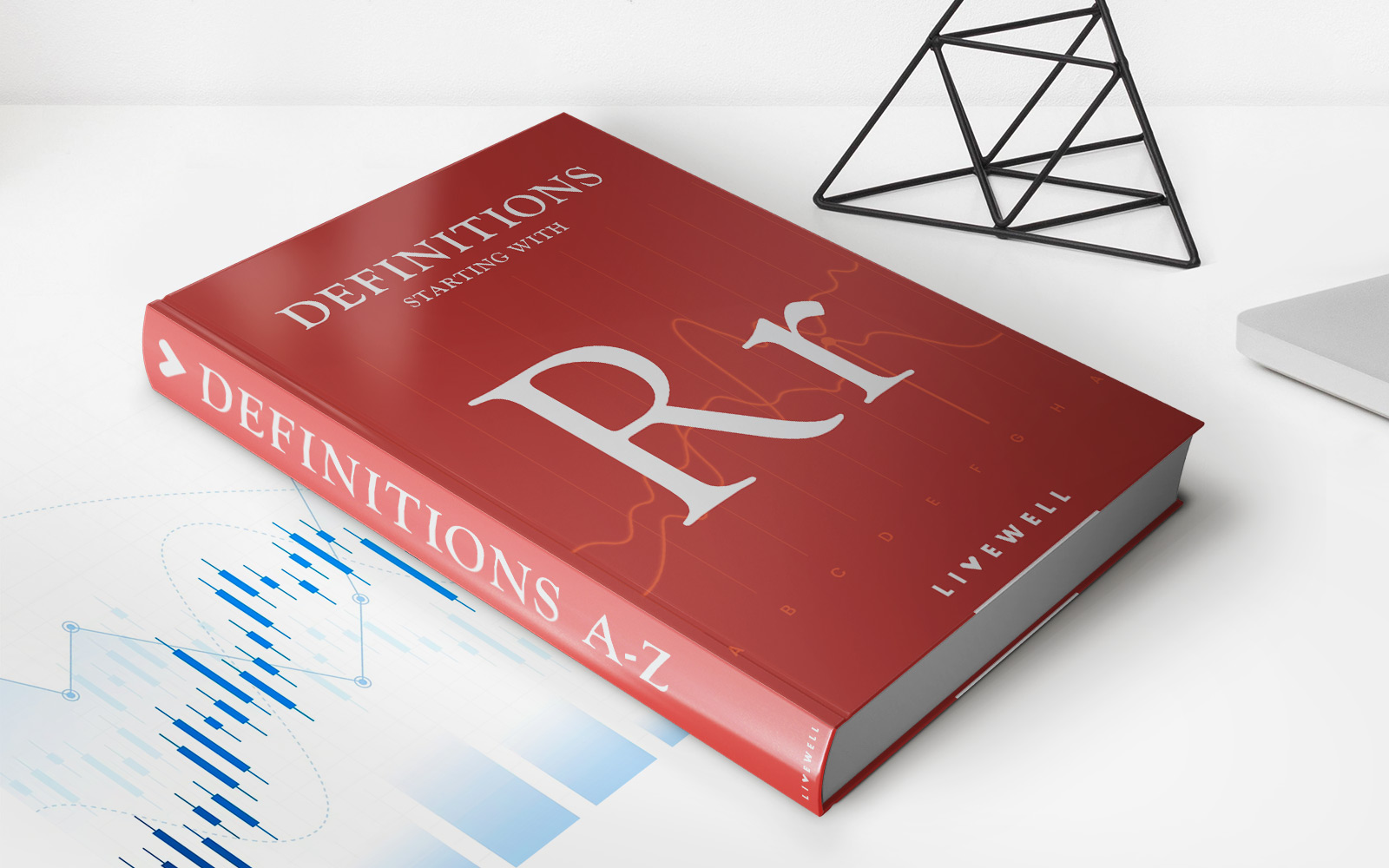

Finance
Real Interest Rate: Definition, Formula, And Example
Published: January 16, 2024
Learn the definition, formula, and example of real interest rates in finance. Understanding how they are calculated can help you make informed financial decisions.
(Many of the links in this article redirect to a specific reviewed product. Your purchase of these products through affiliate links helps to generate commission for LiveWell, at no extra cost. Learn more)
Understanding Real Interest Rate: Definition, Formula, and Example
Welcome to the Finance category of our blog! Today, we’re diving into the fascinating world of real interest rates. If you’ve ever wondered what real interest rates are, how they’re calculated, and why they matter, you’ve come to the right place. In this article, we’ll break down the concept of real interest rates, provide you with a formula to calculate them, and give you a real-life example to help you grasp their significance. So, let’s get started!
Key Takeaways:
- Real interest rates measure the return on an investment after adjusting for inflation.
- They are calculated by subtracting the inflation rate from the nominal interest rate.
But first, let’s answer the most pressing question: What exactly is a real interest rate? A real interest rate is an indicator that reflects the return an investor can expect from an investment, taking into account the impact of inflation. Inflation erodes the purchasing power of money over time, so by factoring it in, real interest rates provide a more accurate measure of return.
Now, let’s delve into the formula for calculating real interest rates:
Real Interest Rate = Nominal Interest Rate – Inflation Rate
The nominal interest rate represents the stated rate of return on an investment, while the inflation rate measures the average increase in prices. By subtracting the inflation rate from the nominal interest rate, we can determine the actual purchasing power gained from the investment.
Let’s walk through an example to see how real interest rates work in practice:
Imagine you decide to invest $10,000 in a savings account with a nominal interest rate of 5% per year. However, the current inflation rate is 2%. To calculate the real interest rate, we subtract the inflation rate from the nominal interest rate:
Real Interest Rate = 5% – 2% = 3%
So, in this case, the real interest rate on your investment would be 3%. This means that after adjusting for inflation, your investment would gain purchasing power equivalent to 3% of the invested amount.
Key Takeaways:
- Real interest rates give a more accurate measure of return by factoring in inflation.
- Calculating real interest rates involves subtracting the inflation rate from the nominal interest rate.
Understanding real interest rates is crucial for making informed financial decisions. By considering the impact of inflation, you can assess the true value of an investment and make better decisions about savings, loans, and other financial matters. Keep in mind that real interest rates may vary over time, so it’s essential to stay updated on economic indicators and adjust your financial plans accordingly.
We hope this article has shed light on the concept of real interest rates, provided you with a formula to calculate them, and given you a practical example to help you understand their importance. If you’d like to learn more about finance topics, make sure to explore the other articles in our finance category. Happy investing!
